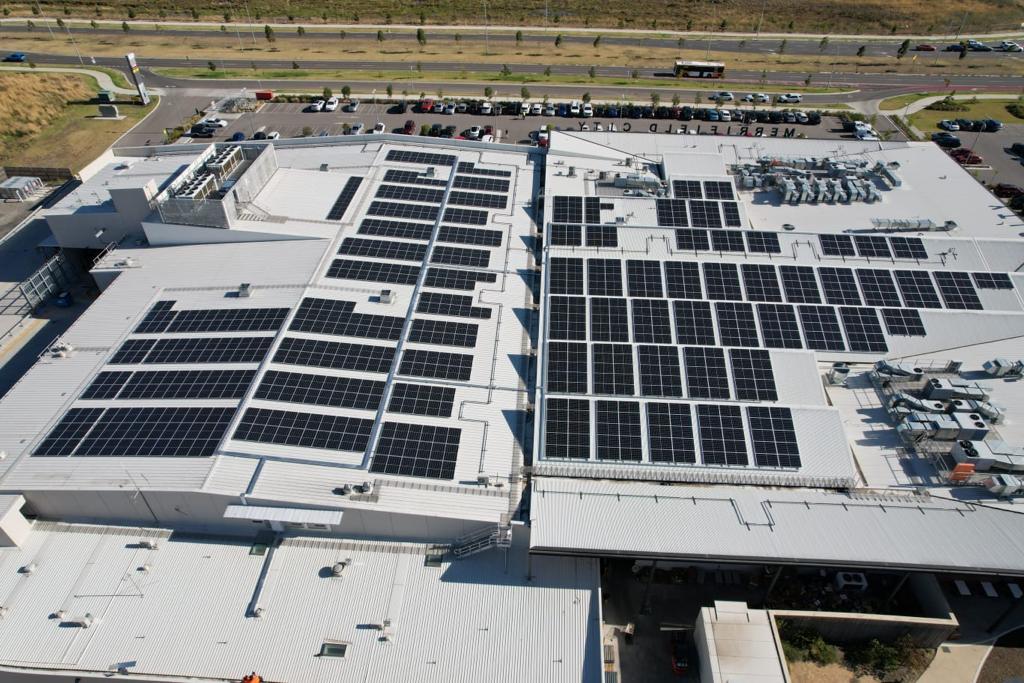How You Can Calculate The Rough Cost of Installing Solar Panels For Your Business

Embarking on the journey towards solar energy adoption for your Australian business demands careful consideration of the associated costs. While the upfront investment may seem daunting, the long-term benefits of solar energy are undeniable. In this guide, we’ll explore how you can calculate the rough cost of installing solar panels for your business and delve into key factors that influence pricing, empowering you to make informed decisions that drive both sustainability and financial viability for your business.
Dynamics Affecting The Cost of Solar Panels
The cost of solar panels for your business can vary depending on several factors, including the size of the system, quality of equipment, installation complexity, and available government incentives. To estimate the rough cost, you can start by determining your business’s energy needs and desired system size. Online solar calculators tailored to Australian conditions can provide initial estimates based on your location, energy consumption, and roof orientation. For an accurate cost breakdown for your project, you can contact DS Energy.
Key Factors Influencing Cost
System Size: The larger the solar panel system, the higher the initial cost. However, larger systems typically yield greater long-term savings provided you’re harnessing the energy captured.
Equipment Quality: Investing in high-quality solar panels, inverters, and mounting systems may incur higher upfront costs but can lead to significantly better performance and durability over time.
Installation Complexity: Factors such as height of building, roof type, shading, and accessibility can affect installation costs. Complex installations may require additional labour, crane lifts and equipment, impacting overall expenses.
Government Incentives and Financial Assistance
In Australia, various government incentives and financial assistance programs are available to businesses investing in solar energy. These incentives aim to encourage the adoption of renewable energy and offset the initial costs associated with solar panel installations. One of the most significant incentives is the Small-scale Renewable Energy Scheme (SRES), which provides financial incentives in the form of Small-scale Technology Certificates (STCs) for eligible solar installations (less than 100kW in size). Additionally, businesses may benefit from feed-in tariffs, grants, and low-interest loans offered by state and territory governments. You can read more about solar power business incentives that may be available to you in our blog, and on the Australian Government website.
Calculating Return on Investment (ROI)
While the upfront cost of installing solar panels may be substantial, it’s essential to consider the long-term return on investment (ROI). Solar energy offers businesses the opportunity to reduce electricity bills, generate additional revenue through feed-in tariffs, and enhance sustainability credentials. Calculating the payback period and ROI can help businesses assess the financial viability of solar panel investments and make informed decisions regarding implementation.
Need Assistance Calculating The Cost of Solar Panels for Your Business?
Estimating solar panel costs for your Australian business requires careful analysis of various factors, including system size, equipment quality, installation complexity, and available incentives. However, the best way to calculate the cost of solar panels is to speak to the experts at DS Energy. We work with businesses of all sizes across Australia, and can advise on the investment required based on your business’ needs, goals and budget, ensuring transparency and professional service, every step of the way. If you’re keen to explore the cost-effective benefits of solar energy for your business or residence, we invite you to contact DS Energy today.